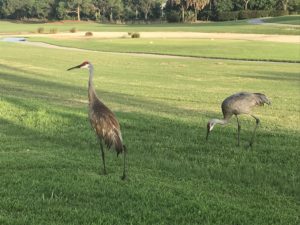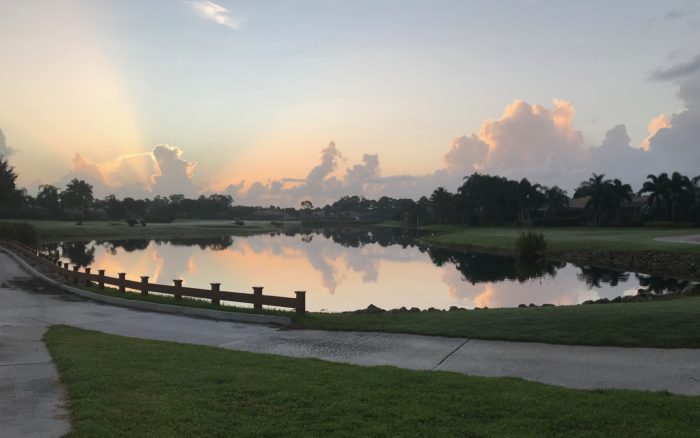In two and a half weeks I fly to Lisbon and then on to Galacia, Spain, to join ten other women in walking the Portuguese Way Camino. The path has been traveled for centuries by pilgrims, a path weaving through myth and legend, fiction and fact. Preparation for this journey involves walking 4-10 miles a day, as prescribed by our leaders over the four months preceding the trip. This particular week consists of an hour and a half each weekday and about 3-4 hours at least one day on the weekend.
I have been a walker for many years. When I was in my mid-twenties, I accompanied a group of eighty teenagers for 100 miles in the High Sierra. I had gone camping with my family as a child and had done a lot of camping with the Girl Scouts, so I anticipated this would be similar, but I was wrong. The first day we climbed from 7000 to 9000 feet, an altitude I had seldom experienced and in which we would reside for most of the next three weeks. I thought I would die. The 40-pound pack was a third of my weight and my knees suffered, swelling. I comforted myself by imagining being rescued by a helicopter. There were many high spots, though, no pun intended. The beauty of the mountains took me by surprise and bonded me forever to thin air and austere ruggedness. I learned to snowplow in my boots down snowy slopes while wearing that awful backpack (yes, there was unexpected snow, and we froze at night), and to wade waist-deep through streams of snowmelt holding onto ropes for balance. I still can remember almost every day of that trip. Looking back, I realize it was a pilgrimage, a time outside of time that was also life-changing. One of the greatest benefits was the realization that if I was in as bad a shape as I was then, I wasn’t going to make it to 70! Since then, I can count on my two hands every day that I haven’t walked at least 3 miles, a daily practice that is the meat of my life.
Walking is not new to me. Our ranch has trails I walk every day, and often with my goats or our dogs. The ranch is a friend, and these walks are visits. But this new regime of preparation for the Camino is different. The shift in the length of time I walk has pushed me to find more places to walk. When my husband and I visited his brother in Florida this past month, I kept up my regime, but it involved getting out before sunrise to tolerate the heat in a climate in which the intake of breath is like breathing bathwater.  Covered in sweat that dripped from my brow even at that early hour, I witnessed landscapes and fauna foreign to me: the sandhill cranes that walked up to meet me; the eight-foot alligator swimming between me and the pond next to my brother-in-law’s home. Through it all I was developing a mantra, of sorts, asking myself: why am I embarking on this journey now? Where am I at this point in my life? What is important to me? It has opened a space within of quiet reflection, space not site-specific, unlike walking the familiar trails of our ranch, but more pure and ethereal. Perhaps, after all, that is what pilgrimages are.
Covered in sweat that dripped from my brow even at that early hour, I witnessed landscapes and fauna foreign to me: the sandhill cranes that walked up to meet me; the eight-foot alligator swimming between me and the pond next to my brother-in-law’s home. Through it all I was developing a mantra, of sorts, asking myself: why am I embarking on this journey now? Where am I at this point in my life? What is important to me? It has opened a space within of quiet reflection, space not site-specific, unlike walking the familiar trails of our ranch, but more pure and ethereal. Perhaps, after all, that is what pilgrimages are.
Our leaders have sent us chapters of lyrical material on the Camino, its legends, its history, and the function of pilgrimage. One of my favorite sections addresses the liminal space pilgrimages afford, stating that “a pilgrimage route is designed to take you into a place between worlds, the ordinary and the sacred.” I realize that function has begun for me in the preparation period: the strains on my body, the unfamiliarity of the several routes I walk, the extended time by myself to think, meditate. Already I am changed.
